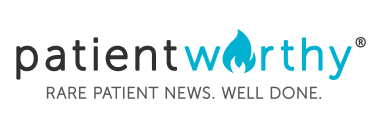PTC Therapeutics has achieved a significant milestone with the U.S. Food and Drug Administration’s (FDA) approval of SEPHIENCE™ (sepiapterin), marking the first and only therapy approved for broad treatment of hyperphenylalaninemia (HPA) in patients living with phenylketonuria (PKU).
PKU is a rare genetic condition that causes a build-up of the amino acid phenylalanine. Amino acids, including phenylalanine, are naturally found in many dietary proteins, as well as certain artificial sweeteners. The build-up of phenylalanine can eventually lead to serious health problems, including hyperphenylalaninemia, wherein phenylalanine-rich blood can cause issues such as nerve damage, and possibly brain damage in severe cases.
SEPHIENCE™ is designed to reduce levels of phenylalanine in the blood by acting as a natural precursor for BH4, which itself is a critical co-factor for the enzyme responsible for the breakdown of phenylalanine, known as phenylalanine hydroxylase.
The FDA’s approval was based on evidence from clinical trials demonstrating that SEPHIENCE™ can lead to meaningful improvements in patients living with sepiapterin-responsive PKU. It’s designed to be used in both adult patients as well as pediatric patients one month and older; it’s indicated for use with a standard PKU-healthy diet, which generally limits dietary intake of phenylalanine by means of reduced consumption of protein as well as the elimination of artificial sweeteners.
PTC Therapeutics expressed gratitude to the families, clinicians, and researchers who contributed to bringing SEPHIENCE™ to the approval stage. The company emphasized the therapy’s potential to transform the lives of children and adults alike.
With this approval, PTC Therapeutics plans to work closely with healthcare providers and patient organizations to ensure that SEPHIENCE™ is accessible to eligible patients across the United States as well as the European Economic Area, with approval requests pending in several other countries. The company also commits to ongoing research and monitoring to further understand the long-term benefits and safety of the therapy.








